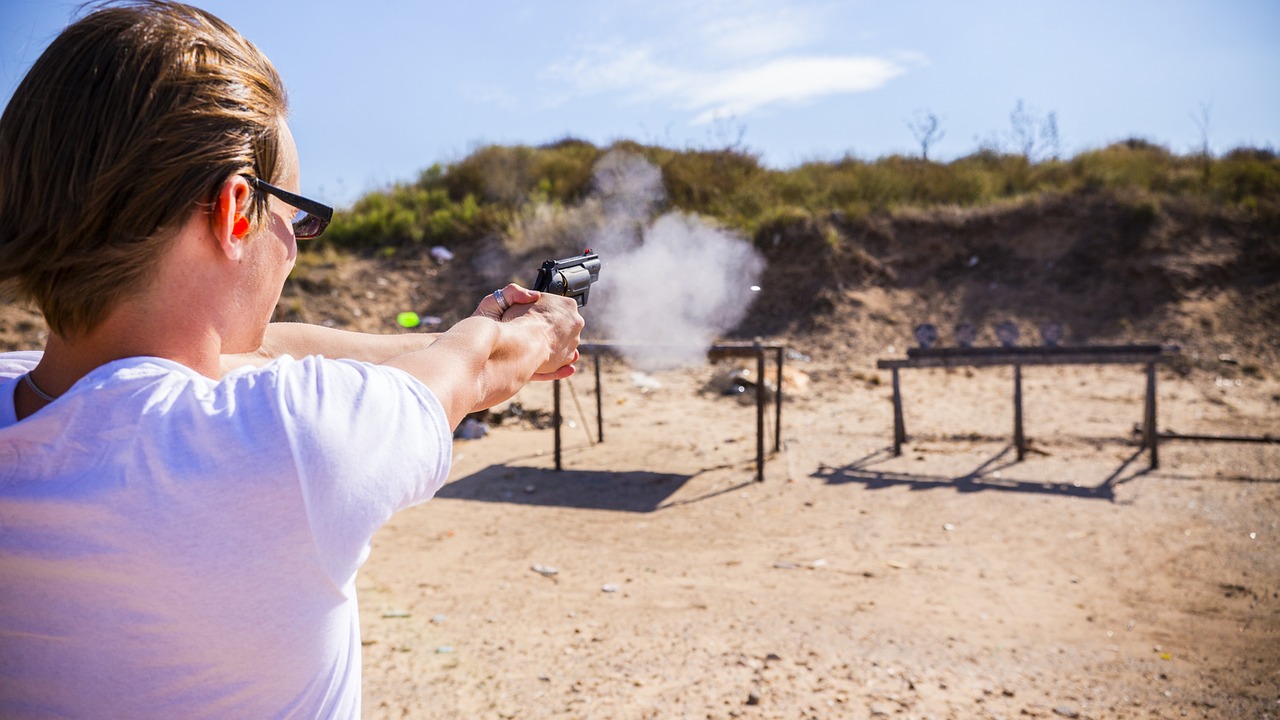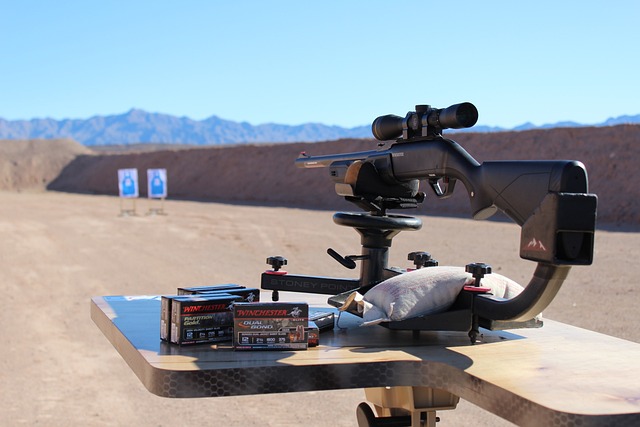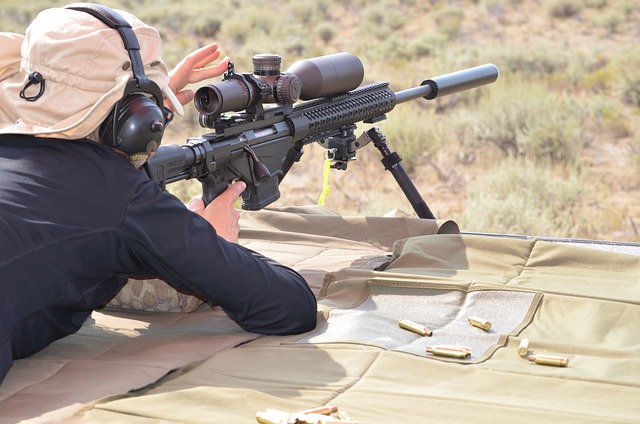
There’s no arguing that shooting your guns is the most fun thing you can do with them. And for many of us, that means heading to the local gun range to send some lead downrange. If you’re new to the world of firearms, the gun range can be a little intimidating. Never fear—we’ve got SDI faculty members Jarred McNeely and Rick Casner, along with Mrgunsngear (AKA Mike) himself, to show you the ropes.
Gun Range Safety Rules
First off, guns can be extremely fun, but they’re also dangerous. Follow these rules at the range to ensure that you and everyone around you has a safe and fun time. The rules that Jarred, Rick, and Mike give for range safety are essentially the same as the four cardinal rules of gun safety.
- Keep Your Finger Off the Trigger Until You’re Ready to Shoot: Guns rarely just go off on their own, and this will ensure you don’t accidentally shoot it.
- Always Point Your Gun Downrange in a Safe Direction: Don’t point your firearm at something you do not intend to destroy.
- Treat All Guns as if They’re Loaded at All Times: If someone hands you a gun at the range, don’t assume they emptied it first—always check for yourself.
- Know Your Target, What’s In Front of It, and What’s Behind It: Bullets can go through things, and you don’t want to assume your target will stop a bullet’s motion.
Whether you’re a firearm hobbyist or you use guns for work, you need to memorize these rules.

Equipment for a Gun Range Visit
Next up, we’ll take a look at some of the gear you’ll need for your first gun range visit.
Ammo
Jarred starts off by telling us about how to organize our ammo at the range. He stresses that it’s important to keep your ammo separated. If you don’t, you may end up accidentally loading the wrong ammo into a gun, which can have catastrophic results.
He specifically mentions 9mm and 40 S&W, and I’d personally like to chime in to note .223 and .300 Blackout as well. These two cartridges both go through AR-15s, and it can be extremely easy to get them confused.
Hearing and Eye Protection
Next up, Mike shows us a few things about how to protect ourselves at the range. The first thing he mentions is to use adequate hearing protection. Guns are loud, and if you don’t use hearing protection, you’re going to damage your ears. If you (like me) have ever fired a short-barreled AK-pattern gun without hearing protection on, you understand it only takes one mistake to learn this lesson forever.
Mike mentions two different kinds of hearing protection: active and passive. Active hearing protection uses a microphone and electronics to filter out the sound of gunshots while still letting you hear voice commands. In contrast, passive hearing protection is essentially a set of earmuffs or plugs that dampen all sound.
In addition to ear protection, you’ll want to use eye protection, too. For an example of why you need to do this, look up Kentucky Ballistics on YouTube and watch his video about his 50 cal exploding. His safety glasses may have saved his life. Mike recommends your eye protection be Z87 rated.

Range Commands
Finally, Rick takes us through some of the most important range commands. He mentions that the two most basic commands you must know are “Hot Range” and “Cold Range.”
- Cold Range: Put your gun down. Remove magazine, empty the chamber, keep the bolt open.
- Hot Range: When a range officer calls “Hot Range,” it means it’s time to fire. But first, you’ll want to give a thumbs up or some other form of communication to let them know you’re ready.
Learn More about Firearms with SDI
Actually shooting guns is without a doubt some of the most fun you can have with them. But modifying and repairing them can be a fun activity, too. If you want to learn more about firearms tech and maintenance, SDI can help. Explore our full list of available programs to learn more.


